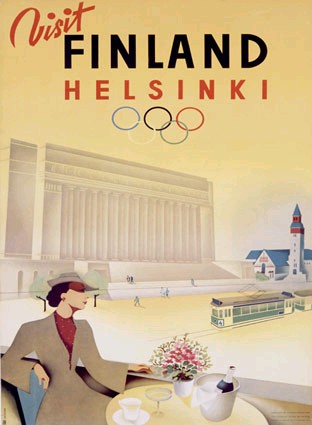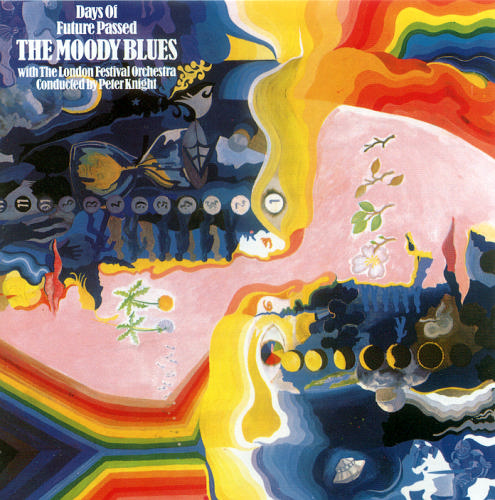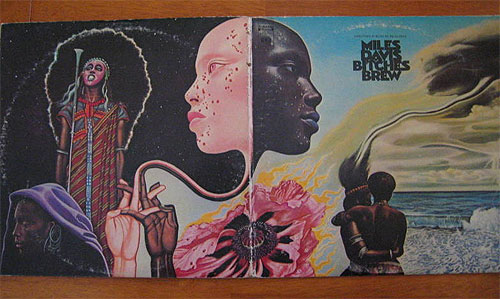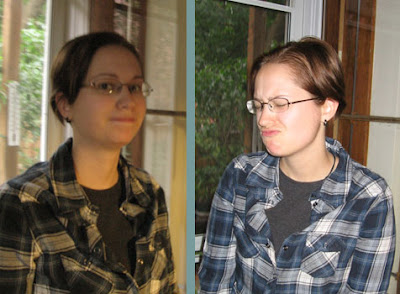Response:
I would be untruthful in presenting my reactions if I didn’t start this response with:
“Okay. That’s fucked.”
This was my initial reaction reading Gregory Little's "A Manifesto for Avatars." I needed to even write it in the margin notes of my print out (next to the section 1. Introducing Avatars) before I could move on with the rest of the article. Taking "when goodness grows weak, when evil increases, I make myself a body"(1) out of context to makes it easy to suggest that making a body (an avatar) was a corruption, where, when I looked up more of the passage online it seems to suggest it was more a reaction to evil: "In every age I come back to deliver the holy, to destroy the sin of the sinner, to establish righteousness."(2)
I got the feeling that Little enjoyed trying to provoke the reader with such suggestive terms as "strap-on"(3). Little warns of 'dangers' involved with creating avatars, of becoming an image that is "an emblem of of the production and accumulation of goods"(4). I believe he raises some valid points, but at the same time, undermines them by taking such a confrontational and overly complicated approach. Little writes "the space of the internet must become a site of resistance and the avatar must be grounded in an alternative, post biological discourse of the body."(5) Does everyone need to be part of this discourse 24/7? Does Little want the internet to be a difficult place where people escape it by returning to work as a refreshingly faceless and unremarkable being? When every avatar is grounded in an alternative, post biological discourse of the body, will people be happier? I really doubt it.
The areas I'd like to look at in depth are:
Fixed Identity vs. Avatar
Cyborg vs. Avatar
Docile Bodies (?) vs. Online Agency
As for the article by Mike Jones, I believe he raises valid points (but in a thankfully bland way compared to Little). When talking about virtual communities, Jones writes "it is hard to envisage anything more than a surface contact between fragmented entities, partial selves peeping out from behind the mask of anonymity."(6) This same statement could be talking about university, or a large work place, or a busy pub. The internet is a big place, where at any given moment people could be off-line. It makes sense that communities there would have trouble. At the same time the fact that the person on the other side of a conversation has so many details and so few ways to demonstrate them on-line (with skype, this is getting easier), lets people fill in the gaps with whatever they need/want/fear to create some very deep one-sided connections.
Until you learn to assume the internet is filled with jerks, the internet IS a wonderful place.
1. From Bhagavad Gita 4:6-10 as quoted by Little, "A Manifesto for Avatars", page 1
3. Little, Gregory. "A Manifesto for Avatars", pages 1, 3
4. Little, Gregory. "A Manifesto for Avatars", page 2
5. Little, Gregory." A Manifesto for Avatars", page 1
6. Jones, Mike. "hello, and what are we today?", page 2
Jones, Mike. "hello, and what are we today?" http://www.garfnet.org.uk/new_mill/autumn97/sa.htm (accessed Sept 29 2010)
5. Little, Gregory." A Manifesto for Avatars", page 1
6. Jones, Mike. "hello, and what are we today?", page 2
Jones, Mike. "hello, and what are we today?" http://www.garfnet.org.uk/new_mill/autumn97/sa.htm (accessed Sept 29 2010)
Little, Gregory. "A Manifesto for Avatars". published in "INTERTEXTS", Special Issue: Webs of Discourse: The Intertextuality of Science Studies, volume 3, number 2, Fall 1999, Texas Tech University Press, Lubbock.
----------
Media and Links:
A paired down descriptions of Avatars, but making a distinction between playing a character and having an avatar:
Tempted with unlimited choices for your avatar, you are initially presented with limited ones, this confirms some of Little's arguments about manufacturing want:
People that like Avatars also like Comparing Avatar Creation:
These often glide over the amount of choice, especially non-U.S.-idealized choice. Often there is only one body model with paint-fills instead of racial differentiation. It makes sense from the creator's side, however, as adding that much detail in choices is a lot more work.
Something more along the line of this article:
These are more social and science based. They don't have very much detail up about most of their projects, however there are these three articles:
http://vhil.stanford.edu/pubs/2008/ersner-aging-writeup.pdf <-- aged avatar increases savings for future. Not really connected, but still neat.

























